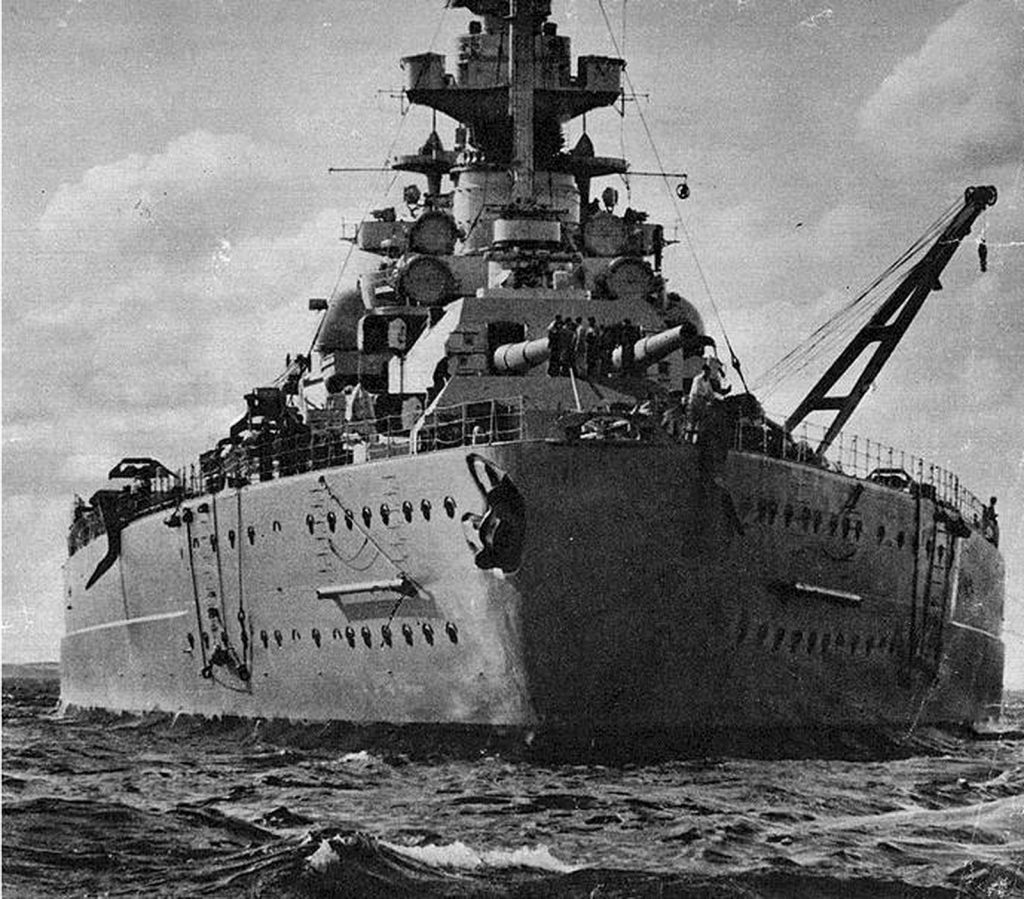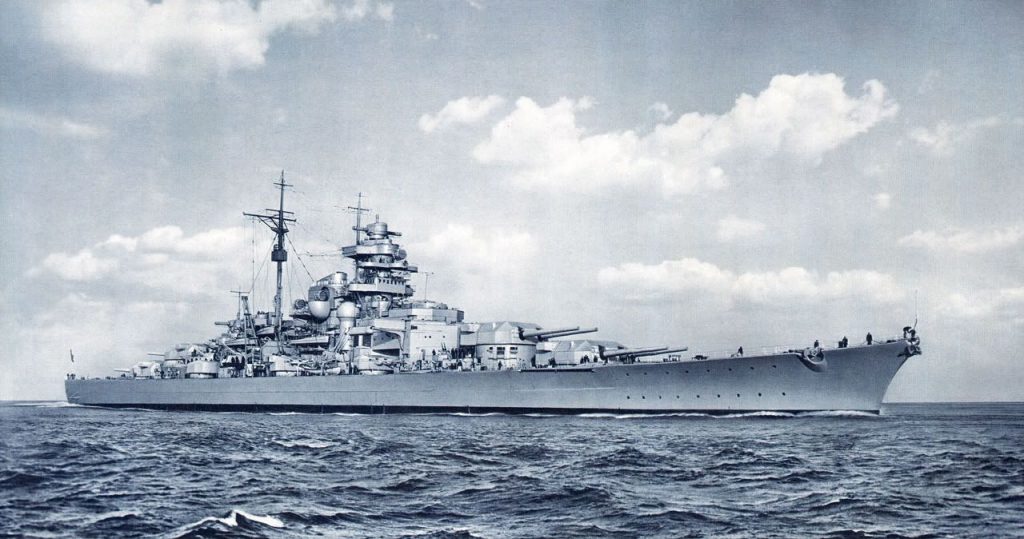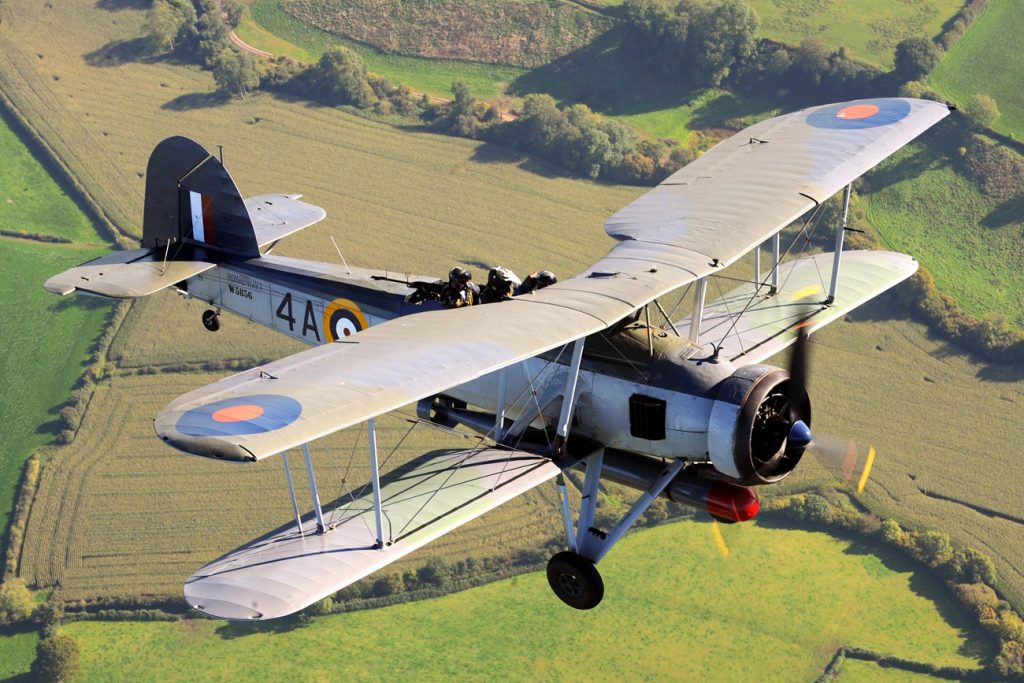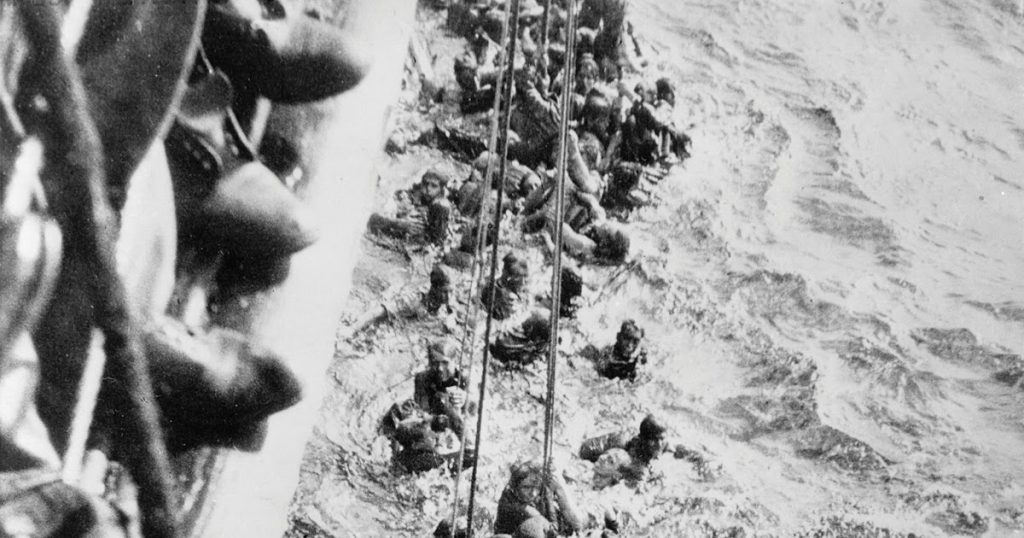At the end of the First World War in 1918, an Armistice was agreed and signed by the French Commander-in-Chief, Marshall Ferdinand Foch who ignored the US Presidents proposals which contained 14 points for Peace and left nothing to negotiate. The Armistice was signed inside Foch’s private railway car at Compiegne in France. For Germany it was signed by a representative of the German Army, Major General von Winterfeldt. The sudden collapse of the German Army and Navy was caused by the removal of support by the German Politicians. It was said that the German Army was stabbed in the back by it’s own leaders. Germany had to hand over all it’s ships and submarines, all it’s aircraft (1700) plus 5,000 artillery pieces, 25,000 machine guns and 5,000 locomotives. Soldiers went home to no jobs, no food and no money. Between the Wars they struggled to exist.
Hitler had been wounded in 1918 and was in hospital when the War ended. He held the rank of Corporal. He completely ignored the Terms of the Armistice Agreement reached at the end of World War 1. Germany was not supposed to build any Warship above 30,000 tons, but he did build two Twin Ships of 53,000 tons each. These were the Tirpitz and the Bismarck, each with enormous 15” Guns which could fire shells an astonishing 22 miles, meaning that they could fire at ships over the horizon.

To do this they needed eyes in the sky so they had 4 x Arado seaplanes which could be launched from a narrow platform on top of the 15” Gun barrels or catapulted from the extended side of the battleships and then recovered by the ship’s cranes. The British Navy had an elderly ship called HMS Hood, built in 1891 which also had 15” Guns but none of the sophisticated equipment that was fitted to the German counterparts.
So, the German ships had the advantage. German Battleships always were protected by a group of other ships among which was the Prince Eugen, a heavy cruiser. During an early battle in the Denmark Straits in 1941, HMS Hood was outgunned and a lucky shot from either the Bismarck or the Prince Eugen on May 24th 1941, hit HMS Hood in its magazine. The result was a huge loss to the British Navy. It’s biggest ship was sunk in a flash with the loss of the whole crew but 3 sailors.
HMS Hood had shown its ability to destroy stationary targets by taking part in the destruction of the French Fleet at Mers-El-Kebir to prevent the French ships from falling into German hands. However the Hood could not compete against fast moving modern ships – hence its destruction. The Royal Navy had other big ships but the mighty Hood was a huge loss of prestige and firepower. The sinking of the Hood left the Bismarck and the Tirpitz in control of the world’s oceans. The Tirpitz by its sheer presence in the Norwegian Fjords kept the Royal Navy’s Home Fleet in Scapa Flow, on stand-by to fight if the Tirpitz ever came out of its lair. Hitler constantly moved the Tirpitz from one fjord to another, seeking shelter from the high cliffs alongside. These movements worked even though the British Navy regularly bombed the ship, none of the attacks caused serious damage until a raid by 31 x Lancasters of 617 and 9 Squadron RAF, using Barnes Wallis Tallboy bombs penetrated the ships thin skin and turned the ship over. Until November 1944 Tirpitz hid away from a fight and was finally vanquished.
On the other hand the Bismarck and the Prince Eugen came out fighting and sank a number of Merchant Ships after destroying HMS Hood. The Royal Navy Home Fleet attacked the two ships and again it was luck that played a hand. The Royal Navy Aircraft Carrier, HMS Ark Royal, carried a number of Swordfish aircraft which could carry 21” torpedoes. The German ships fought off the Swordfish but one got through and its Torpedo damaged the Bismarck’s rudder. The rudder was jammed in one position causing the ship to go round in wide circles.

Churchill had issued the order “Sink the Bismarck” and after locating it the Royal Navy used it’s Swordfish aircraft. The largest British ship present was the battleship HMS Rodney which caused further damage as the Bismarck was surrounded. It was slowly battered by all the Royal Navy ships in the Squadron until the Rodney ordered in Destroyers using torpedoes to finish her off.
The German Admiral in charge was Admiral Lutjens and the Captain of the Bismarck was Captain Lindemann. They did not agree on policy. Lindemann wanted to fight but Lutjens wished to run for the nearest German port. Although the Bismarck had Radar fitted to seek out enemy ships, when they fired the huge 15” guns, the shock of the excessive vibration disabled the Radar and Lutjens was effectively blind. The British Navy used two cruisers to follow the Bismarck on their Radar which was unaffected. These were HMS Norfolk and HMS Suffolk. There was more disagreement between Lutjens and Lindemann and the Prince Eugen was given the order to fire but not initially the Bismarck. There was a 12” thick armoured belt around the Bismarck but the critical Swordfish Torpedo hit the rear rudder area, jamming the rudder during a turn of 12*, putting the ship in a continuous anti-clockwise circle. The crew tried to free the rudder using underwater saws. No Swordfish aircraft were lost although the German gunners hit them hard. One aircraft had 175 holes in it from German guns because most of the anti-aircraft rounds passed through the canvass without detonating. Sub-Lieutenant Moffatt is credited as the Swordfish pilot who torpedoed Bismarck causing it to steam around in circles.

A Swordfish Aircraft – Stringbags, Struts and Canvass
Crew of 2, Pilot + Observer, usually no Radio, slow cruising speed (103 mph)
As the Bismarck went round helplessly in a circle, HMS King George V, HMS Rodney and HMS Renown arrived in the early morning of 27th May. They all opened fire at 0847 from a distance of 12 miles and then closed to just 2 miles and finally to 3km when the British 15” Guns penetrated Bismarck’s vertical armour. At this point Lutjens radioed to Prince Eugen to leave at full speed to the nearest German occupied French port. He also radioed to Hitler saying the ship would die in allegiance to the Third Reich. Lutjens and Lindemann were both killed by shot from HMS Rodney around 0900 and Bismarck’s guns were silenced by 0930. By 1000 the Bismarck was blazing fiercely. The Germans, fearing that the wreckage would be towed to Britain and displayed as a trophy, opened the sea valves and exploded scuttling charges. Bismarck sank at 1040. Of the initial crew of 2400 men, only 118 survived, mainly picked up by HMS Dorsetshire. In all 2876 shells were fired at the Bismarck before it sank.

Shipping losses to U-Boats peaked in 1942, then declined sharply as our anti-submarine capabilities improved. U-Boat activity in the North Atlantic was over by 1943.
The Prince Eugen escaped back to Brest and survived the war and via the Armistice deal eventually became a US Ship after the war.